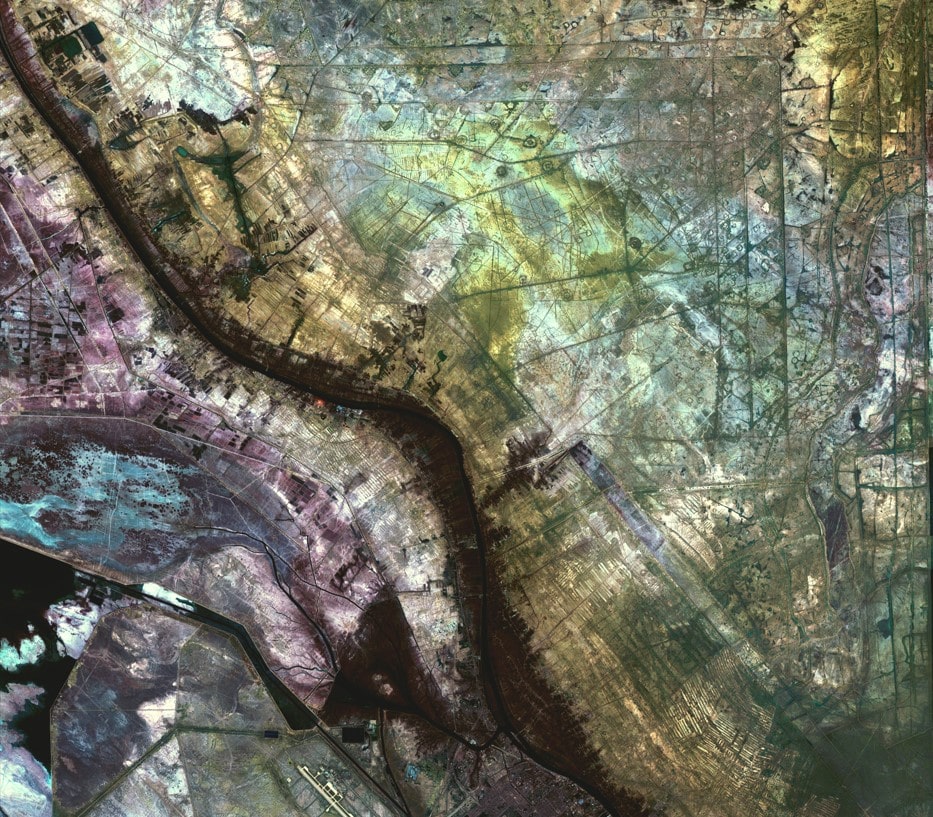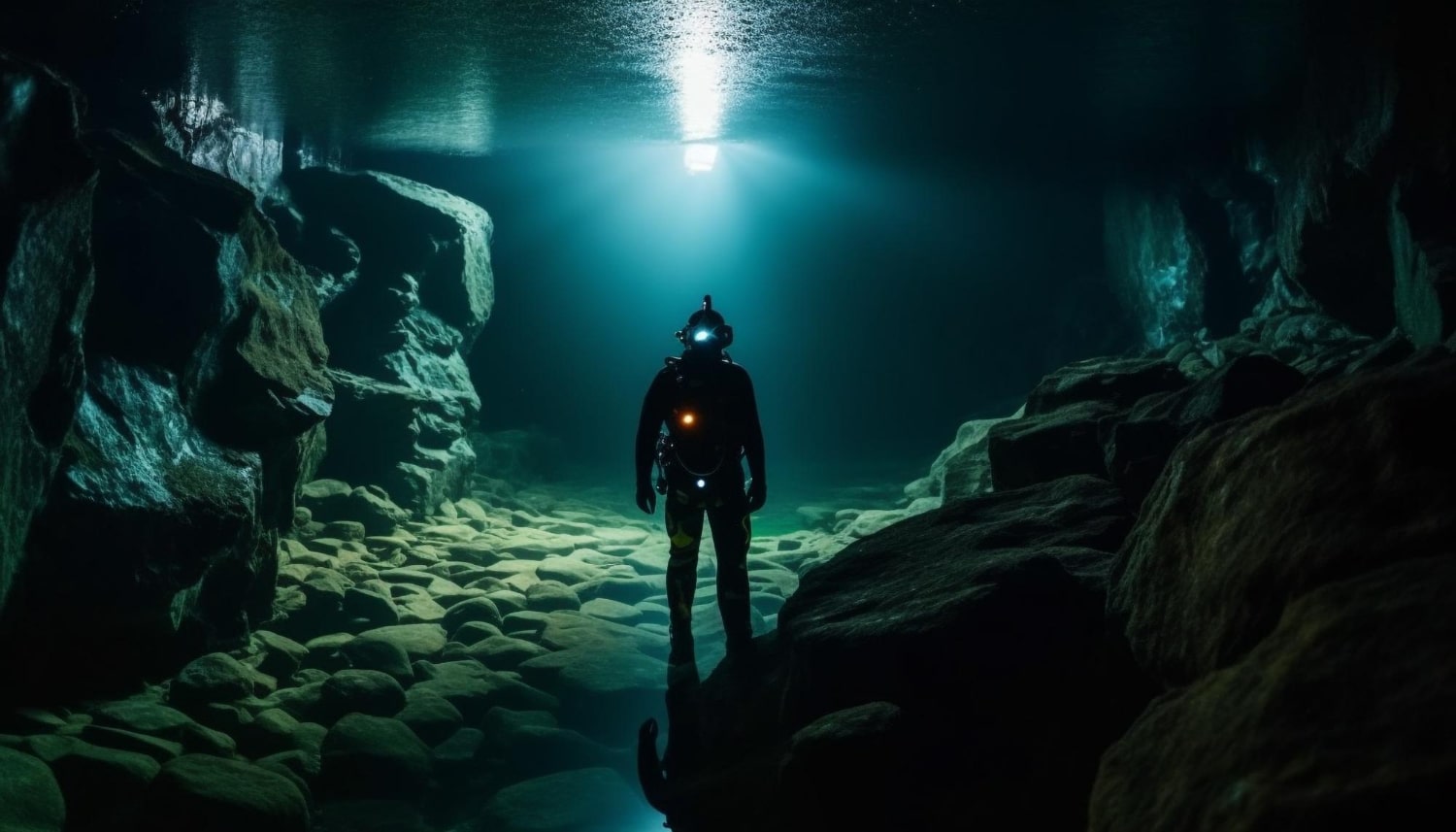
Speculating on the Appearance and Behavior of Aliens
The exploration of extraterrestrial life has long captivated the human imagination, prompting speculation about the potential appearance and behavior of alien beings. While our understanding of the universe and its inhabitants is limited, scientific inquiry and theoretical frameworks offer insights into the diverse forms life could take beyond our planet.
Physical Characteristics of Aliens
When envisioning extraterrestrial life, it’s essential to consider the vast range of environments that could support living organisms. From barren desert worlds to oceanic moons and gas giants, the diversity of planetary conditions could give rise to equally diverse life forms.
In terms of physical appearance, aliens might exhibit features adapted to their respective environments. For instance, on a planet with lower gravity, organisms may be taller and more slender to navigate their surroundings effectively. Conversely, in high-pressure environments, creatures could have stout, compact forms to withstand the atmospheric conditions.
Alien physiology may also differ significantly from terrestrial life. While Earth-based life relies primarily on carbon-based biochemistry, alternative forms of life could utilize different elemental building blocks or molecular structures. Silicon-based life, for example, has been proposed as a potential alternative to carbon-based life, given silicon’s chemical similarities to carbon.
Furthermore, the concept of convergent evolution suggests that organisms facing similar environmental pressures may evolve similar traits independently. Thus, while alien life may appear vastly different from Earth’s life forms, certain functional similarities could emerge due to shared evolutionary pressures.
Behavioral Adaptations of Aliens
In addition to physical characteristics, the behavior of alien species is another area of speculation. Behavioral traits could vary widely depending on factors such as social structure, environmental challenges, and evolutionary history.
For instance, communication methods among aliens may differ from human language, encompassing a broader range of sensory modalities such as bioluminescence, pheromone signaling, or telepathy. Social organization could also vary, with some species exhibiting hive-like structures akin to insects, while others may form complex familial or societal bonds similar to humans.
Moreover, technological advancement and cultural development among alien civilizations could yield vastly different societal norms and practices. While some species might prioritize cooperation and peaceful coexistence, others could exhibit more competitive or hierarchical social structures.
Expanding Our Understanding
As humanity continues to explore the cosmos and search for signs of extraterrestrial life, it’s essential to approach the topic with an open mind and a willingness to embrace the unknown. While science fiction offers imaginative portrayals of alien beings, reality may present a far more diverse and wondrous array of life forms.
By studying extremophiles on Earth—organisms capable of thriving in extreme environments—scientists gain valuable insights into the potential adaptability of life beyond our planet. Additionally, advancements in astrobiology, exoplanet research, and space exploration technologies offer unprecedented opportunities to expand our understanding of the universe and its inhabitants.
In the quest to unravel the mysteries of extraterrestrial life, humanity stands on the brink of a new era of discovery—one that promises to reshape our understanding of life, the universe, and our place within it.














